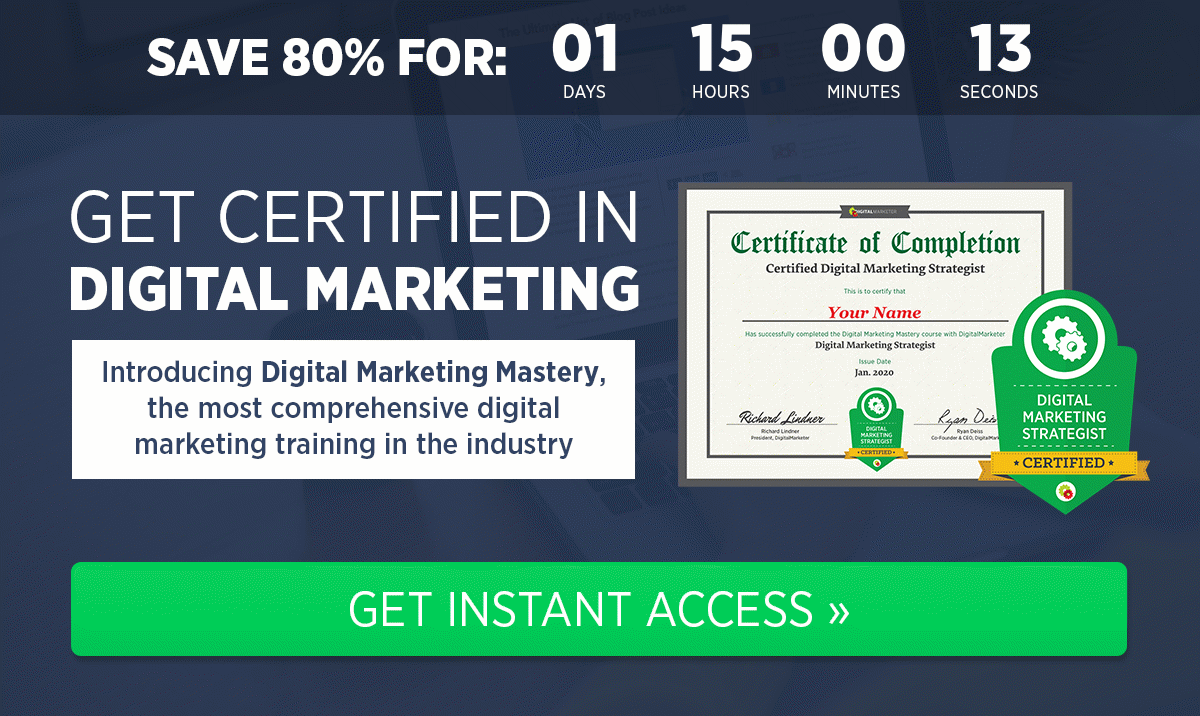Have you been planning to start a new digital project for ages but never got around to taking the leap?
We’ve all been there!
I have a long list of domains I once purchased planning a new project that I never ended up using.
So don’t feel bad. It is never too late!
Here’s what it takes to start a new digital project:
1. Start with the Name
This step requires some serious consideration. Remember your brand name is something you are going to be stuck with for years. Rebranding is a nightmare, so make sure you do this right the first time. Things to consider:
- How easy is it going to be to misspell it? Running this generator may give you some ideas. You may also share your name with friends and get their input on how easy it may be to type your future brand name into the browser’s address bar.
- Are there going to be any negative associations that would impact your branding? I usually check Urban Dictionary for parts of my brand name to see if there’s anything I need to know about that concept
- Are there strong brands with the same or similar name. Search Google and see if there’s someone already known by that name. They don’t have to be in the same niche to make your reputation management a nightmare or cause on-going brand confusion.
I like using this brand name generator to find a cool name for my new projects. What makes this tool unique is the way they come up with brand names: Instead of using overused tactics (like putting a prefix or a suffix to your target keyword), this one uses AI to generate meaningful and unique suggestions based on your chosen category.
For example, here are some suggestions in Fashion category:
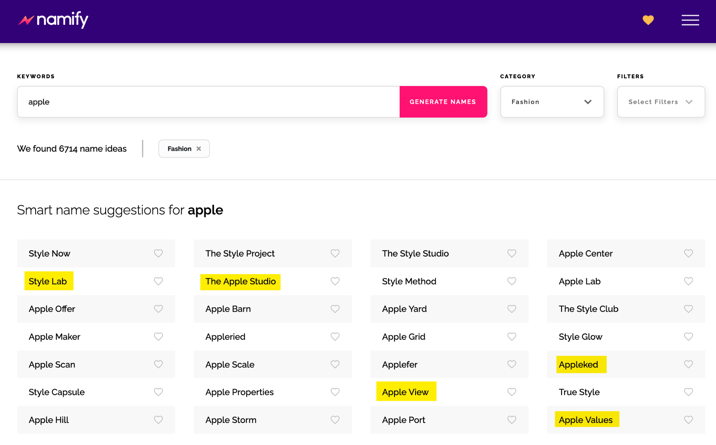
And here are suggest brand names in Technology category:
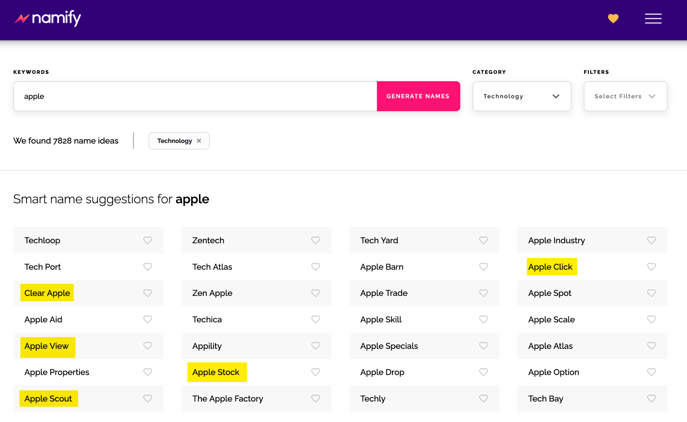
The tool will also check domain and social media availability for your chosen name and even suggest a possible logo for your future brand which also matches your niche:
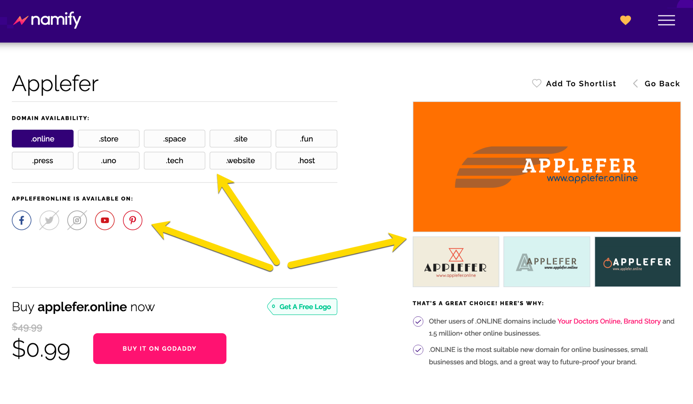
Surely, with so many helpful ideas, selecting your future brand name and identity is much easier. Plus, it’s free and requires no registration.
2. Set up a Website
This may seem a challenging step if you lack tech skills (like most of us do) but the reality is that it has become much easier! In fact, setting up a WordPress site on most popular hosting providers is just a matter of several clicks and following the clear steps.
From there, all you need is to select a theme. Unlike your brand name, a theme is easy to change, so no need to stress yourself with this step too much. I usually just start with a decent free theme and start filling it up with content to be found by search engines.
3. Develop Your Content Plan
You can develop content in various sections of your website: frequently asked questions, a blog, a news section, product or service descriptions, testimonials or reviews, your “about page”—these all deserve your attention!
Try not to sound too corporate. Nobody likes talking with a company, so add some personality. Be yourself. And skip the gobbledygook!
Firstly, start with your audience
A useful way to do this is to describe your perfect customer. What do they read? What are they interested in? What are they worried about? What do they dream about achieving? What are their objections to buying from you? Thinking about your perfect customer will make your content interesting, engaging, and persuasive.
Next, decide what content your perfect customer is interested in
Which questions can you answer? How can you create testimonials? How can you show the benefits of your products and overcome objections? What language does she speak?
Text Optimizer will give you lots of ideas on what to cover in your content and where to branch out to in the future:
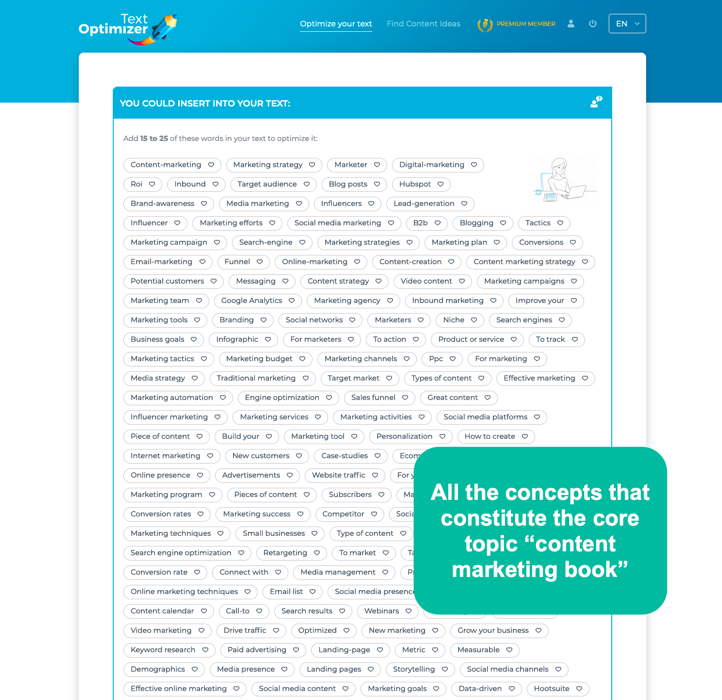
Your content shouldn’t all be about your services/products
Show that you’re an expert in your industry. Comment on industry news. Interview experts. And don’t forget that your content can be text, audio, visuals, or video. Above all, be useful. Help your perfect customer with solutions to her problems.
An editorial calendar will help you create content on a regular basis
It’s absolutely fine to create something just once a week or even every other week. The quality of your content is more important than the quantity.
And don’t forget that you need to spend time promoting your content, too
Do you know on which social media channels your audience is most active? Just start with two or three channels. Don’t try to be everywhere.
Build up a following in a natural way. If something doesn’t work, move to another channel or change the way you engage. Ask different questions or share different stories. But always be authentic.
This is what content marketing is about. You need to provide quality content that is useful for your audience, that engages your audience and that builds trust and authority for your company.
4. Define Your Conversion Funnels
Don’t launch your project until you set up your conversion funnels! Otherwise, all the traffic you’ll generate from your launch activities will be lost forever. First define your main conversion, for example:
- Buy your book
- Set up for your demo
- Schedule a phone consultation
- Email your to request about your services
- Enroll with your course, etc.
Then identify and set up all the different paths towards that goal:
- Add your CTAs: “Contact now”, “Buy now”, etc. I did a huge list (which you can download) on how you can word your calls-to-action to trigger an action.
- Add lead generation forms: Those who may be interested in hearing more from you will share their contact details. Using conversational forms is a smart idea as they feel more human and encourage more action
- Include “Recommend” button to encourage your site visitors to recommend your product or service to a friend
- Create and install Facebook pixel to be able to reach out to your site visitors through Facebook ads and generate some more conversions from people who already know your brand but failed to take an action
- Include social proof to show how your customers are enjoying your product
There are many more conversion optimization tactics that also generate more traffic to play with.
Conclusion
Starting a new project is scary and overwhelming but it will also make you feel inspired all over again.
I am a strong believer that the riskiest thing in life is not to take risk. The person who is afraid of falling never learns to walk! So wait no more: Launch that project of yours now!
The post What Does It Take to Start a New Digital Project? appeared first on DigitalMarketer.
Did you miss our previous article...
https://consumernewsnetwork.com/technology-news/how-to-use-lucrative-keywords-in-question-form-to-answer-users-queries

